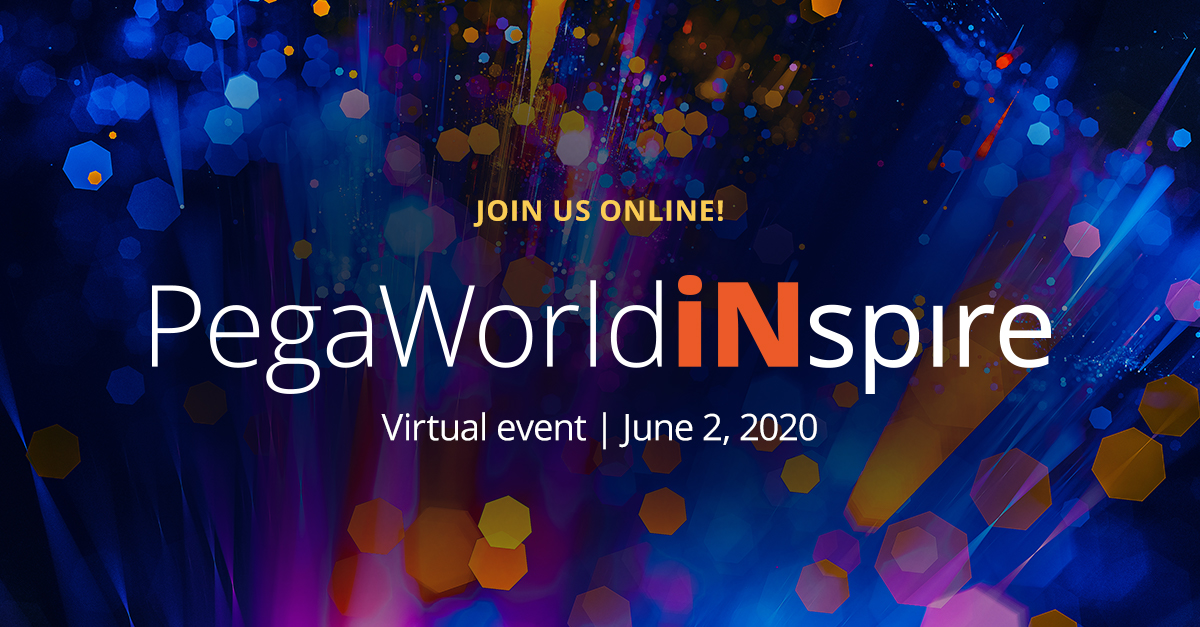Even the most forward-thinking companies couldn’t predict the magnitude and impact of the COVID pandemic. If the future is unpredictable to even the most prepared companies, how can organizations future-proof their businesses? The answers might come from our current situation.
Change is unpredictable. No one know the next big global catalyst for change expect that it will happen at some point. But to be as prepared as possible for whatever comes next, companies need to learn from the present and look towards the future. According to Tom Libretto, CMO at Pega, future-proofing starts by looking inside at the business architecture. The future will be fast-paced and constantly changing, so a company’s structure needs to be able to move fast and pivot alongside the changes. Libretto says a lot of architectures of the past were too brittle, and those flaws are now being exposed. In the future, an adaptable business architecture will be more important than ever. Companies should focus on being more stable and establishing flexible systems so they aren’t caught off guard again.
During the COVID-19 pandemic, many customers have been contacting companies about new issues and have had more interaction with brands than before. These interactions have taught companies the importance of responding to the needs of customers in ways that make the company more resilient in the future. Libretto says that companies often respond to customers with a one-and-done mentality and move on to the next issue. To be future-proof, organizations need to respond to customers in a way that makes them stronger and adds to the company’s architecture. Take these opportunities to build relationships, learn from customers and prepare to pivot instead of simply addressing an issue and moving on.
One of the most crucial qualities of future-proof organizations is empathy. This has been shown in many ways during the current pandemic. Everyone around the world is experiencing the pandemic, but it happens in different ways, and some are devastating, especially for customers who have lost family members or their jobs. Successful companies have models in place to embed empathy at the heart of all their customer interactions. Empathy will always be important and will satisfy current needs and retain relationships for the long run.
Mixed with the human elements is a need to automate to prepare for the future. Libretto gives the example of using an email bot to sort through the deluge of customer emails and automatically trigger the right response, either back to the customer or in process through the back office. Future-proof organizations embrace technology and look for the best ways to automate.
The future is uncertain, and it will likely continue to get more uncertain as time goes on. But companies that build agile architectures, show empathy and automate will be on their way to being future-proof and ready to face whatever comes their way.
This post is sponsored by Pega. About our sponsor:
Pega is the leader in cloud software for customer engagement and operational excellence. The world’s most recognized and successful brands rely on Pega’s AI-powered software to optimize every customer interaction on any channel while ensuring their brand promises are kept. It’s almost time for PegaWorld iNspire, the annual conference from Pegasystems. Join them online for free on June 2 from 9 a.m. – 11:30 a.m. Eastern Time to learn how the world’s most impactful companies are driving digital transformation – which is more important than ever in the COVID-19 age. They’ll have compelling keynotes, demos, and case studies in a highly interactive virtual format and a few surprises as well. Go to www.pegaworld.com to register for free and check out the full agenda. I’ve attended the last several PegaWorlds in person and I can’t recommend it highly enough, so go register today! That’s www.pegaworld.com.


